[Anniversary] Citroën C-Sportlounge: the concept that reinvented audacity and inspired the DS 5
- Jérémy

- Aug 7
- 4 min read

At the dawn of the 2000s, a fresh wave of audacity was sweeping through Citroën. Following a more conventional decade, the French brand with the double chevrons was reconnecting with its core DNA by introducing models with assertive character. The launches of the C4 in 2004, with its unique design and fixed-hub steering wheel, and the charmingly rounded first-generation C3, signaled the beginning of a new era. Citroën was daring to be different again, and the public responded with enthusiasm. It was within this vibrant context that, at the prestigious 2005 Frankfurt Motor Show, the manufacturer unveiled a concept car that would captivate the automotive world and leave a lasting mark on its future: the C-Sportlounge. This vehicle was much more than a simple styling exercise; it heralded a vision for the future, a subtle blend of dynamism, refinement, and innovation that foreshadowed iconic models to come.
C-Sportlounge: the quintessence of grand touring by Citroën
Presented as a 4-door Grand Touring coupe, the C-Sportlounge made an immediate impression with its stunning silhouette. Measuring 4.52 meters in length and 1.88 meters in width, but with a notably low roofline at just 1.35 meters high, the concept boasted athletic and dramatic proportions. Its coupe-like profile was accentuated by rear-hinged "suicide" doors, a bold stylistic choice that not only facilitated access to the cabin but also offered an unobstructed view of a meticulously crafted interior. The exterior design, overseen by then-head of Citroën design Jean-Pierre Ploué, was a masterpiece of fluidity and dynamism. The plunging, assertive front end featured the double chevrons stretching across the entire grille, a signature that would become emblematic of the brand. The elongated headlights swept high up onto the wings, giving the concept a piercing gaze. The immense panoramic windscreen extended far back, almost merging with the roof to flood the interior with natural light. Every detail was optimized for aerodynamics, resulting in a remarkable drag coefficient (Cd) of 0.26, achieved through taut lines and discreet yet effective aerodynamic aids.
Inside, the atmosphere was resolutely high-end and avant-garde, drawing inspiration from the world of aviation. The cockpit was entirely driver-focused, featuring clear instrumentation and the innovative fixed-hub steering wheel first seen on the C4. The four individual seats, upholstered in light-colored leather, appeared to float within a clean, luxurious space. Premium materials, such as the brushed aluminum on the center console, were paired with cutting-edge technology. The ergonomics were meticulously designed to enhance driving pleasure, creating a perfect symbiosis between the driver and the machine. Under the hood, the C-Sportlounge housed an engine worthy of its ambitions: a 2.0-liter turbocharged petrol engine producing 200 horsepower, mated to a 6-speed automatic transmission. This powertrain promised dynamic performance, perfectly aligning with the Grand Touring philosophy, where the journey is just as important as the destination.
A Major Stylistic Legacy for the Citroën Range
While concept cars often remain as one-off design exercises, the C-Sportlounge had a very different destiny. Its influence on series production was substantial, beginning with the model it most directly foreshadowed: the DS 5. Launched in 2011, initially under the Citroën banner before becoming a flagship of the standalone DS brand, the DS 5 adopted numerous design cues from the concept. It featured the same "shooting brake" silhouette, a raised stance, and an unconventional profile that blurred the lines between a sedan, a wagon, and a coupe. The famous chrome "sabre" that ran from the tip of the headlight to the side mirror, a standout design element of the DS 5, was a direct reinterpretation of the C-Sportlounge's fluid, tense lines. The interior inspiration was equally evident, with the aviation-style cockpit and enveloping center console making their way into the production car.
However, the legacy of the C-Sportlounge did not stop with the DS 5. As was customary for Citroën during this period, concepts served as a laboratory of ideas for the entire future range. A keen observer will notice that the design of the C-Sportlounge's sleek, upswept front headlights strongly influenced those of the second-generation C3, launched in 2009. This connection, though less obvious, demonstrates how Citroën skillfully infused its stylistic audacity across different market segments. The concept's sculpted rear lights, with their distinctive shape and light signature, also laid the groundwork for the visual identity seen on several of the brand's models in the following years. The C-Sportlounge thus acted as a manifesto, signaling the new design direction for Citroën: more structured, more upscale, and resolutely modern.
Undeniably, the C-Sportlounge remains one of Citroën's most significant and successful concept cars of the new millennium. It perfectly embodied the brand's ability to reinvent itself and offer a unique automotive vision, standing at the crossroads of a coupe's elegance, a sedan's practicality, and a sports car's emotion. While it led to a production model in the DS 5, launched six years later, that car unfortunately did not achieve the commercial success it deserved, perhaps arriving too early for a market not yet ready for such a genre-bending vehicle. Despite this, the C-Sportlounge's legacy is immense. It left an indelible mark on Citroën's design language and proved that the audacity so dear to the heart of founder André Citroën was still very much alive. More than just a prototype, it was a symbol of renewed optimism and unbridled creativity that would redefine the brand's image for the next decade.


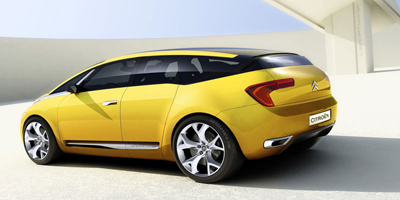
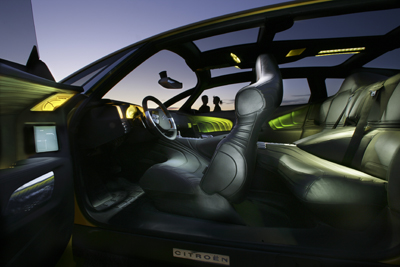
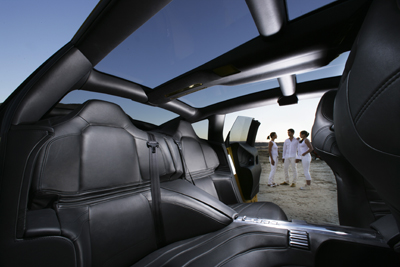
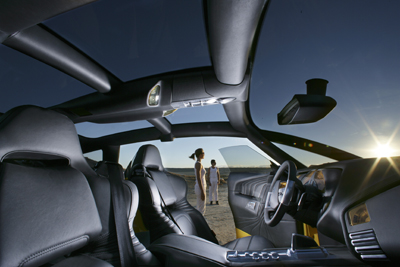
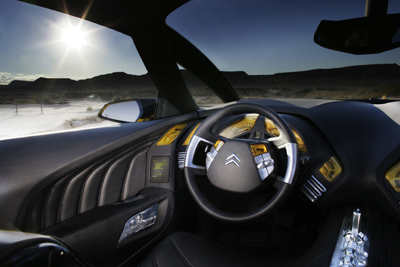
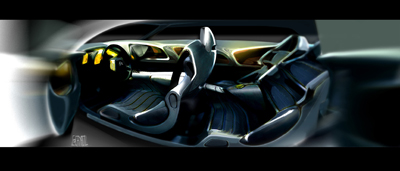
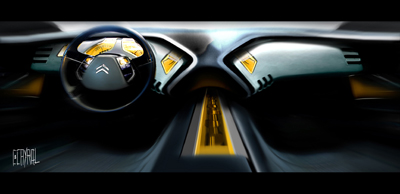
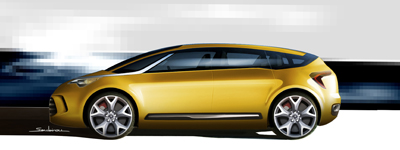
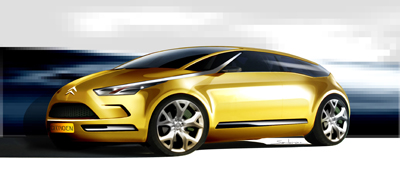
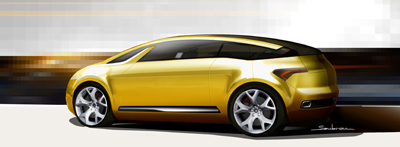
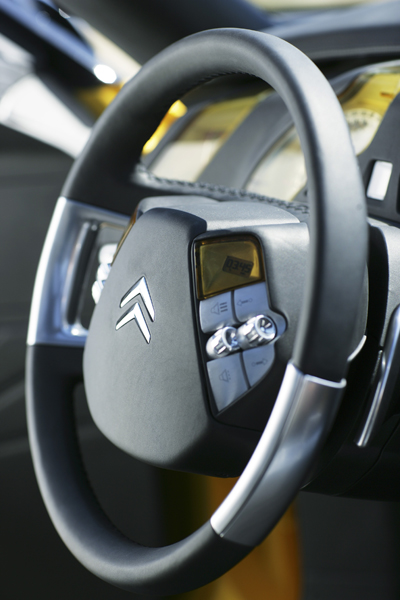
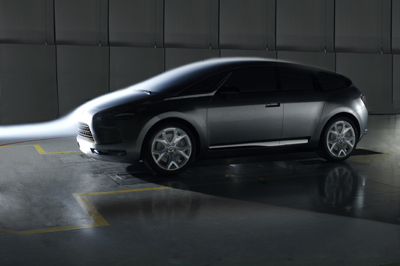
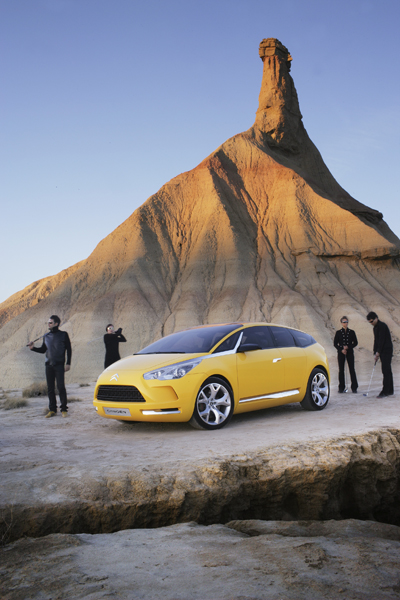
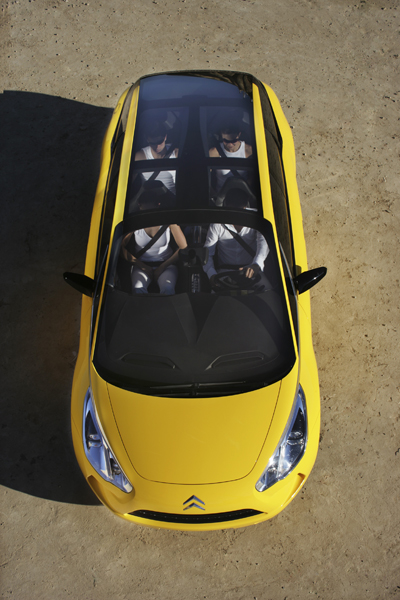
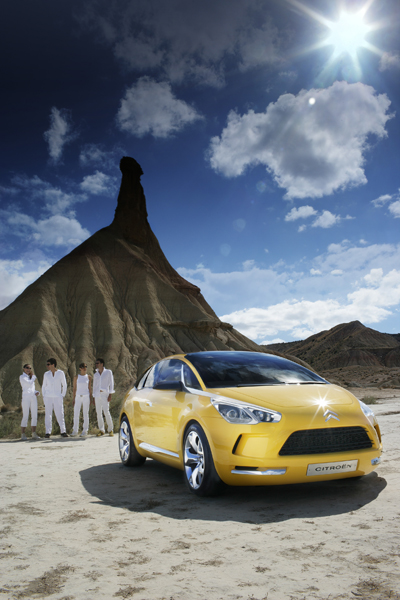
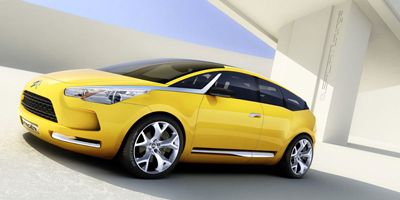
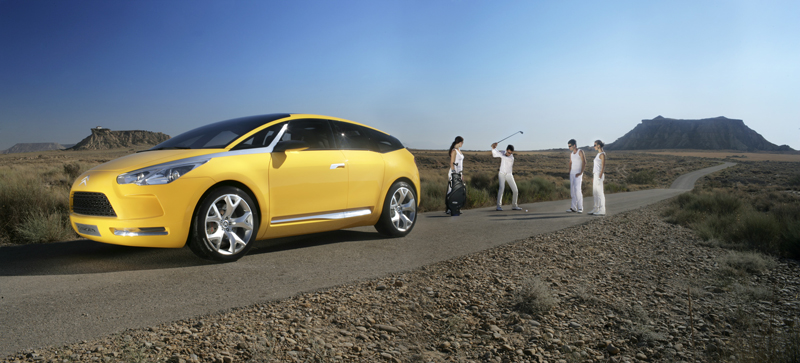




Comments